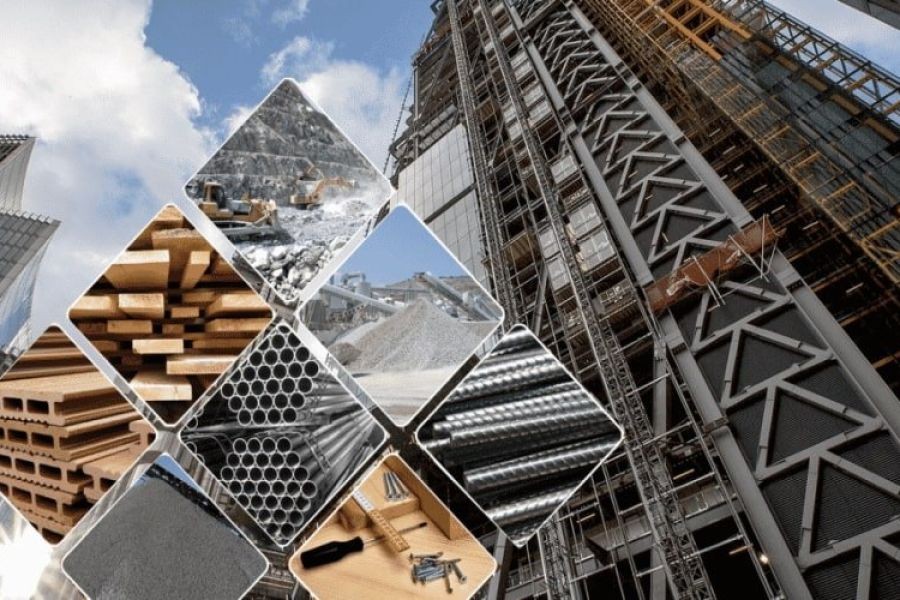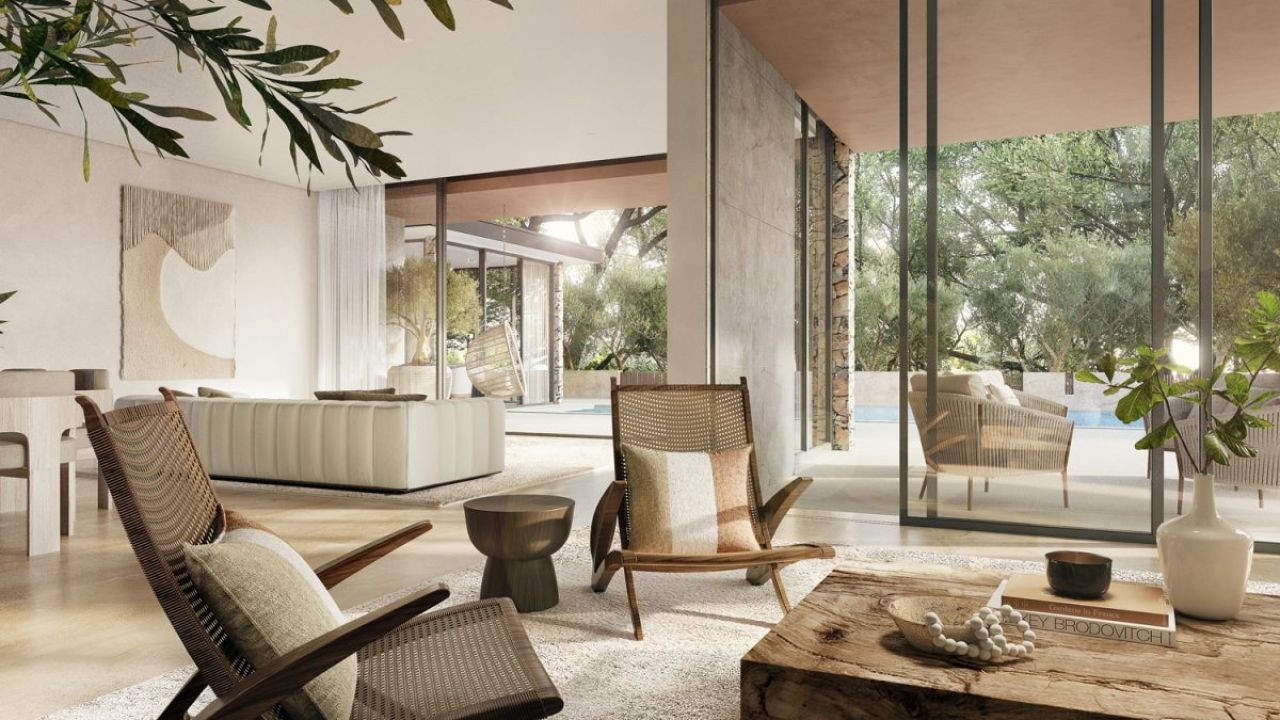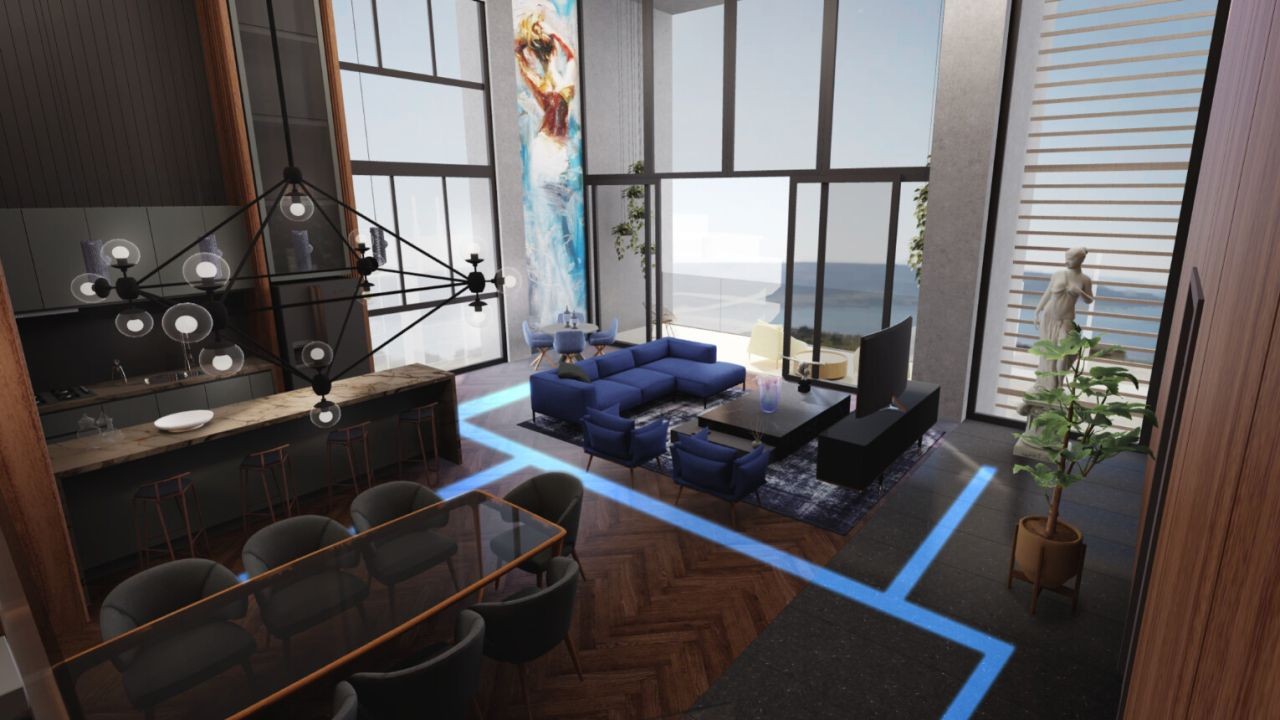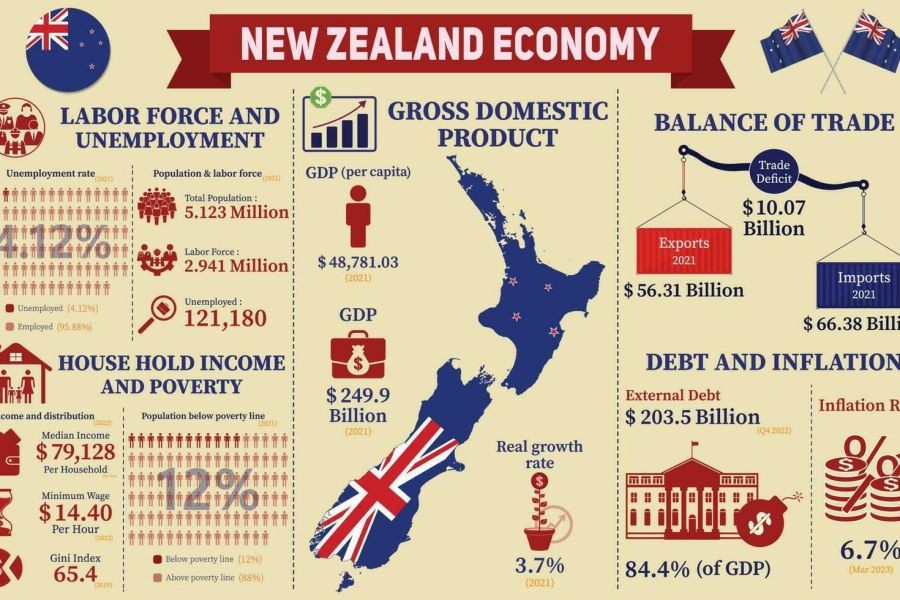Building materials are the unsung heroes of architecture and construction, providing the foundation for everything from hospitals to homes. However, choosing the wrong materials can lead to catastrophic outcomes, particularly in Australia, where environmental conditions and regulatory standards present unique challenges. This article delves into the hidden dangers of selecting inappropriate building materials, offering insights tailored for healthcare consultants who must prioritize safety and compliance in their projects.
Why Building Material Choice Matters in Australia
Australia's climate ranges from tropical in the north to temperate in the south, affecting the durability and performance of building materials. Additionally, regulatory bodies like the Australian Competition & Consumer Commission (ACCC) and the Australian Building Codes Board (ABCB) enforce strict compliance standards to ensure safety. According to the Australian Bureau of Statistics (ABS), the construction industry contributes approximately 8% to the national GDP, highlighting the economic significance of making informed material choices.
1. Structural Integrity Risks
One of the primary dangers of choosing the wrong building materials is compromised structural integrity. In healthcare settings, where structural failures can have devastating consequences, this risk is particularly concerning. For example, using materials not suited for high humidity areas like Northern Queensland can lead to rapid deterioration and structural failure.
2. Health Hazards from Toxic Materials
In healthcare facilities, the presence of toxic materials can severely impact patient health. Materials containing asbestos or lead—both regulated under Australian law—pose significant health risks. A study by the University of Sydney found that exposure to these materials can increase the risk of respiratory diseases by 30%.
3. Non-Compliance with Fire Safety Standards
Fire safety is crucial, especially in healthcare environments where evacuation can be challenging. The wrong materials can exacerbate fire hazards, failing to meet the stringent standards set by the Australian Building Codes Board. A 2023 report by the CSIRO highlighted that non-compliant materials contributed to 15% of fire-related incidents in commercial buildings, emphasizing the importance of adhering to fire safety regulations.
4. Increased Maintenance Costs
Choosing subpar materials can result in higher maintenance costs over time. For instance, materials that corrode easily in saline environments, such as those near Australia's coastal areas, can necessitate frequent repairs. The Reserve Bank of Australia (RBA) notes that maintenance costs can account for up to 20% of a building's operational expenses, a substantial burden for healthcare facilities operating on tight budgets.
5. Environmental Impact and Sustainability Concerns
Australia's commitment to sustainability, as outlined in the National Greenhouse Accounts, demands the use of eco-friendly building materials. The wrong choice can lead to increased carbon footprints and resource depletion. A report from the Australian Sustainable Built Environment Council (ASBEC) found that using sustainable materials can reduce a building's environmental impact by up to 50%.
Case Study: Melbourne's Royal Children's Hospital
Problem: The Royal Children's Hospital in Melbourne faced challenges with outdated materials that did not meet modern sustainability standards.
- The hospital's old infrastructure led to high energy consumption and increased maintenance costs, detracting from funds available for patient care.
Action: The hospital undertook a comprehensive renovation, replacing old materials with sustainable alternatives.
- They used low-emission paints and sustainable timber certified by the Forest Stewardship Council (FSC).
Result: The renovation resulted in substantial improvements:
- Energy consumption decreased by 35%, saving the hospital approximately AUD 500,000 annually.
- Maintenance costs were reduced by 20%, allowing more budget allocation for healthcare services.
Takeaway: This case study underscores the importance of selecting sustainable materials in healthcare settings, balancing environmental impact with operational efficiency.
Pros and Cons of Using Sustainable Building Materials
✅ Pros
- Environmental Benefits: Contributes to reducing carbon emissions and conserving resources.
- Long-Term Savings: While initial costs may be higher, sustainable materials often lead to lower maintenance expenses.
- Regulatory Compliance: Meets or exceeds Australian standards for environmental and health safety.
❌ Cons
- Initial Cost: Sustainable materials can require a higher upfront investment.
- Availability: Some sustainable materials might not be readily available in all regions, leading to supply chain challenges.
- Performance Limitations: Not all sustainable materials are suitable for every environmental condition.
Debunking Common Myths
Myth: "Sustainable materials are always more expensive."
Reality: While initial costs can be higher, lifecycle analyses show that sustainable materials often result in lower overall expenses due to reduced maintenance and energy costs.
Myth: "All building materials in Australia are regulated for safety."
Reality: While there are regulations, not all materials are equally safe or sustainable. It's crucial for healthcare consultants to verify the compliance and safety ratings of materials independently.
Future Trends and Predictions
By 2030, it is predicted that 70% of all building materials used in Australia will be sourced sustainably, driven by both regulatory changes and consumer demand for eco-friendly solutions (Source: Australian Sustainable Built Environment Council). The integration of smart materials that can adapt to environmental changes is also expected to revolutionize the construction industry, offering enhanced durability and efficiency.
Conclusion
The selection of building materials is a critical decision for healthcare consultants in Australia, one that impacts structural integrity, patient safety, and operational costs. By understanding the hidden dangers and prioritizing sustainable, compliant materials, healthcare facilities can ensure safer, more efficient environments for both patients and staff. As the industry evolves, staying informed and adaptable to new trends and regulations will be key to maintaining excellence in healthcare construction.
Final Takeaway & Call to Action
For healthcare consultants looking to optimize their building material choices, consider partnering with sustainability experts and regularly consulting updated Australian regulatory guidelines. Engage with industry forums and networks to share insights and strategies. What challenges have you faced in selecting building materials? Share your experiences and solutions in the comments below!
Related Search Queries
- Building materials compliance in Australia
- Sustainable construction trends 2025
- Fire safety building materials Australia
- Impact of building materials on health
- Eco-friendly building materials Australia


































LauriePrat
5 months ago